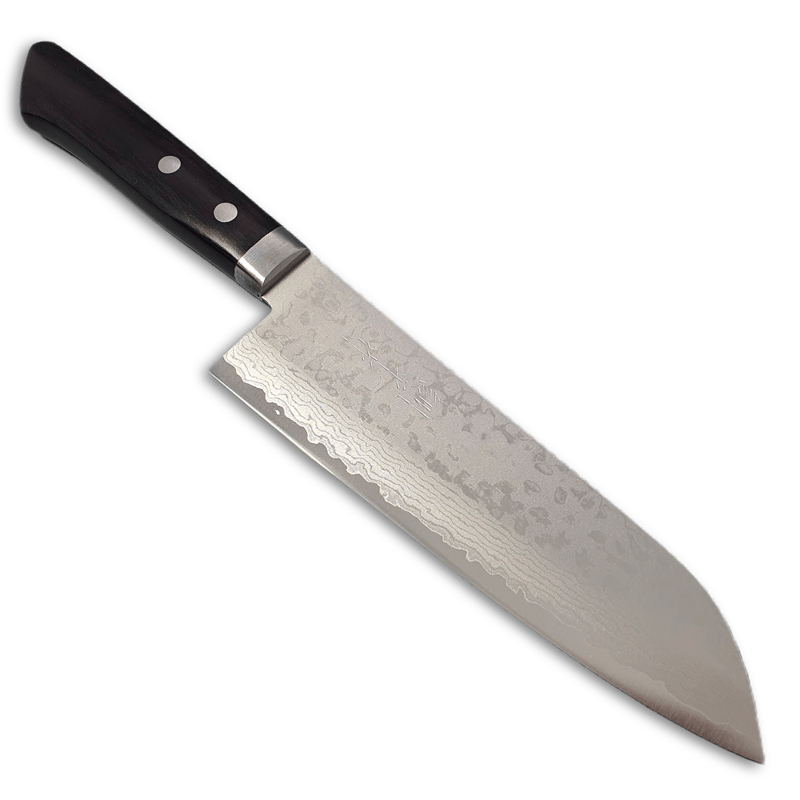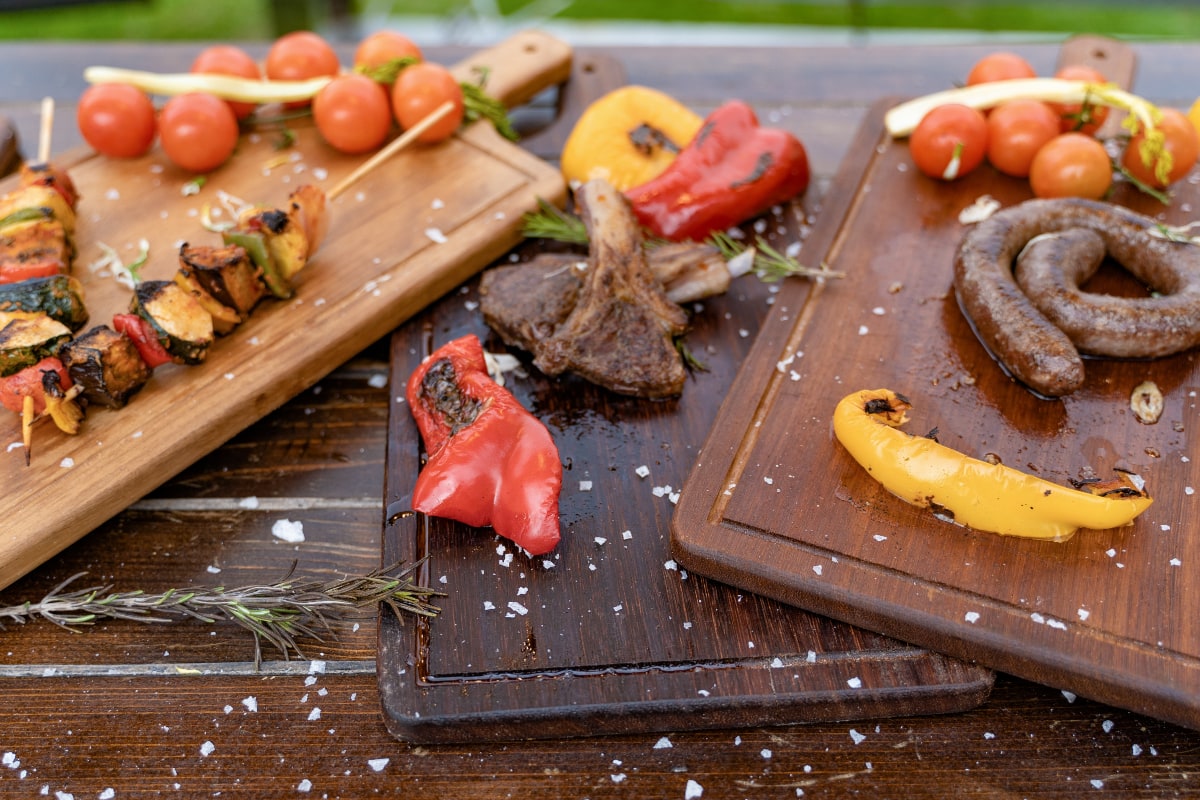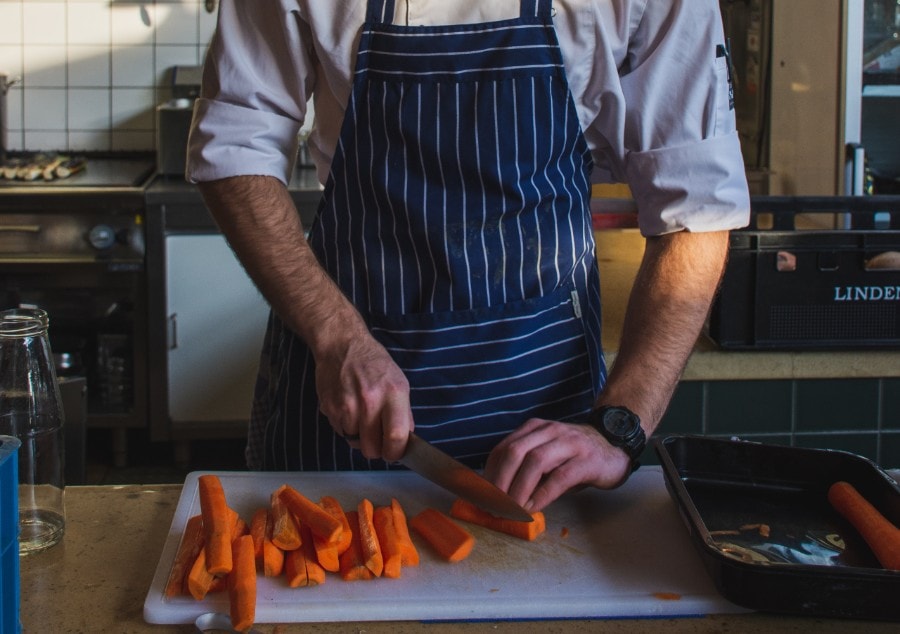If you’re a fanatic of Japanese cuisine, you know that a high-quality knife is the best way to prepare food. But with so many different types of blades on the market, it can be tough to know which one is right for you. In this article, we’ll take a look at the eight best Japanese knives for home chefs in 2022.
This list will assist you in choosing the perfect knife for your needs. Whether you are a professional chef or love to cook at home, these knives will make your meal preparation amazing!
Why are Japanese Knives so popular?
Generally, when it comes to knives, the lightest and most balanced ones feel great in your hand. However, Japanese blades are made of more rigid steel that can hold an edge for more extended periods while they are still tough enough to allow for every task that requires cutting precision, and this throughout the day of a professional or amateur cook. That is what makes these Japanese knives so popular.
So, when did these Japanese knives started to grab the attention of the world?
With the popularity of cooking shows, in particular Iron Chef and their Chef Morimoto, there has been a massive shift in people learning about Japanese knives. We can only imaging that the judges on this show dream that they would have the skills like Chef Morimoto because he can turn daikon into an exceptional broadsheet with his speed and uses pinpoint precision when preparing tuna sashimi.
Japanese Knives vs Western style knives
Western-style and Japanese knives are not just a single option. There’s always the choice between one or another. Still, many companies offer various ranges in both European blades, and Middle Eastern-looking handles for those who want something different from what they usually see.
Japanese-style knives are not just any ordinary blade. The edge of their steel is more complex. It doesn’t need frequent sharpening thanks to rigid particles in its composition, making it lighter than most other types for cutting purposes. In addition, this particular style of knife has an angle cut on them that allows cuts with precision and accuracy- perfect if you want your food prepared meticulous every time.
Western-style knives are made with softer steel than Japanese ones, but this doesn’t make them low quality. Instead, the edge might last less and thus requiring more regular sharpening. On the positive side, you don’t have to take them to a specialist to sharpen as they’re much easier for anyone (even beginners) to sharpen themselves—and if your desire heavier blades, then those will be a perfect choice!
Top 3 Best Japanese Knives
The first 3 are our top recommendations when talking about the best Japanese knives. There are a few options to consider, and you can read more about them here.
1. Shun Cutlery Premier Chef’s Knife 8″

It is an excellent choice for anyone who wants a reliable, high-quality knife that can prepare food across many different types. The Shun knives are known as one of the best brands in Japan, and these particular models happen to combine both style with functionality, so you’re definitely not going wrong with this knife.
With a lightweight and durable Pakkawood handle, this knife is perfect for slicing vegetables or other food items. It also has an reassuring grip that prevents slippage of the hand when using it in wet conditions.
The advantage of this knife is that people with big or small hands can use it. In addition, the thinner, lighter blade means you won’t get tired as quickly, and the price tag isn’t too high either.
2. Miyabi Chef’s Knife (Birch/Stainless Steel) 8″

With a blade as sharp and thin, it’s no wonder the Miyabi knife has been around for generations. The Karelian birch handles are intricately stamped with mosaic pins and provide an elegant touch. Its endcap features engraved texturing, which adds depth to this already stunning design; all you need now are some kitchen skills.
Miyabhi blades have three stages of honing by hand before they’re polished using traditional Japanese techniques, which have been perfected over time – ensuring maximum edge retention.
3. Zelite Infinity Nakiri Chef’s Knife 6“
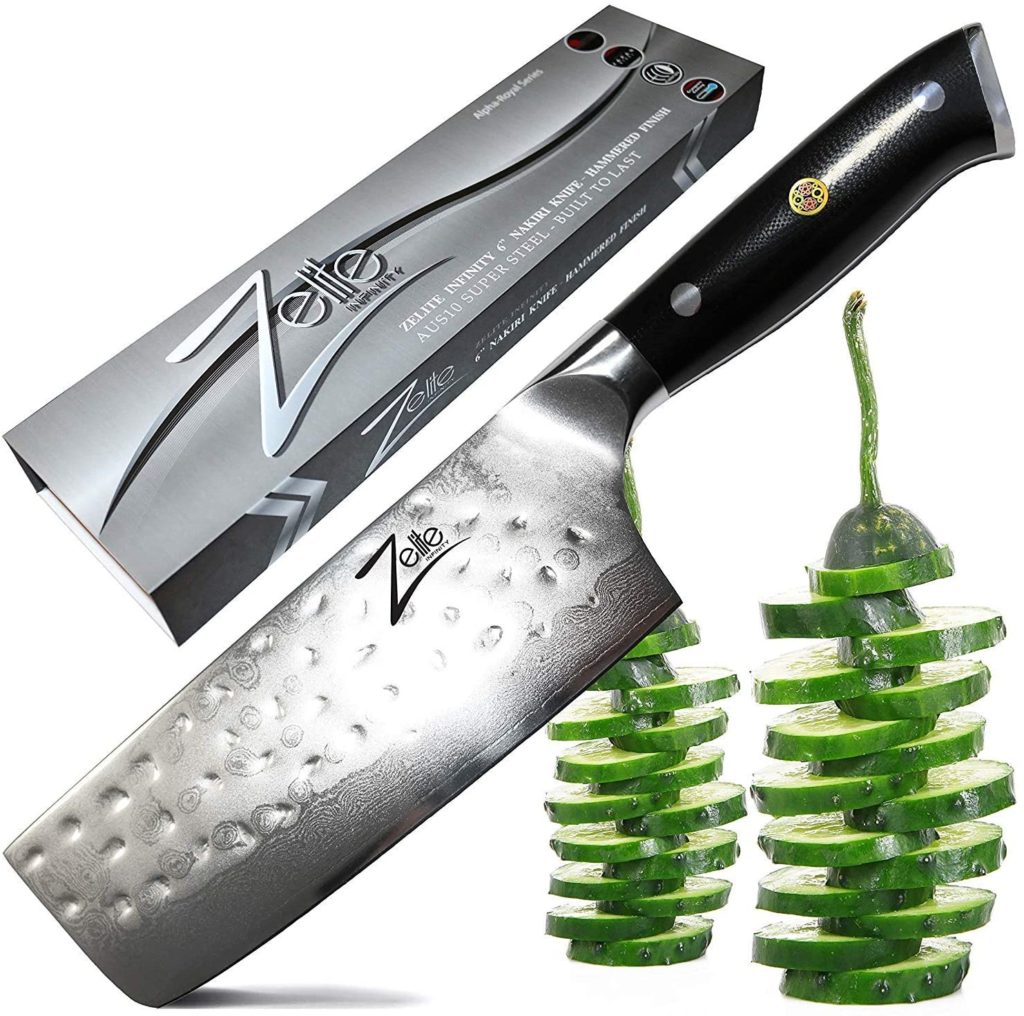
This Japanese knife is a must-have for any chef who prepares vegetables daily. It features high-quality steel, with Damascus patterning and a stunning finish that leaves marks from hammers to create art in your kitchen while cutting through anything you put before it like butter.
The knife you need to slice through any food with ease is right in front of you, and it’s stain-resistant. The 6″ Nakiri blade has been designed for comfort while still sturdy enough that even large hands can handle them without a problem.
Mention Worthy Japanese Knives
4. Jikko – Non Ebony Gyuto
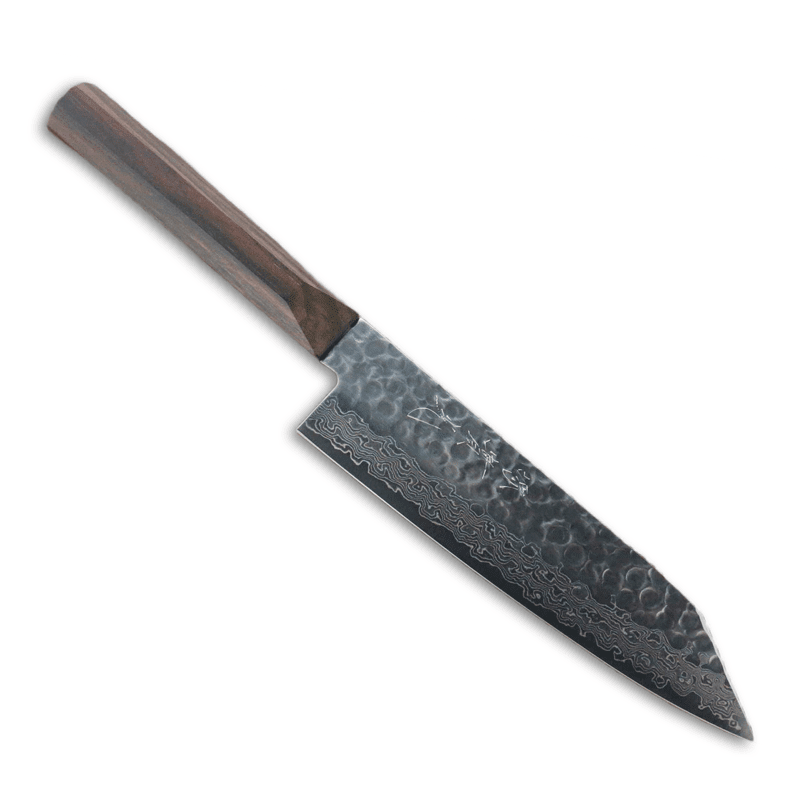
The Jikko Non-Ebony Gyuto is an exquisite knife with a beautiful ebony wood handle and features a double-edged blade made from 17 layers of Damascus steel.
It is used for delicate/thin cuts such as fish or vegetables. This knife will make light work of your cutting needs whether you need it to slice through demanding tasks such as carving meat off the bone; 200mm (7.9″) long allows versatility in terms of which type cut.
This piece is made of the finest material and features a beautiful design, making it an excellent purchase for any enthusiast. The Damascus steel cladding not only looks great but also helps keep your food from sticking to the knife as you slice it.
5. Masutani Hamono – Sairyu Western Gyuto
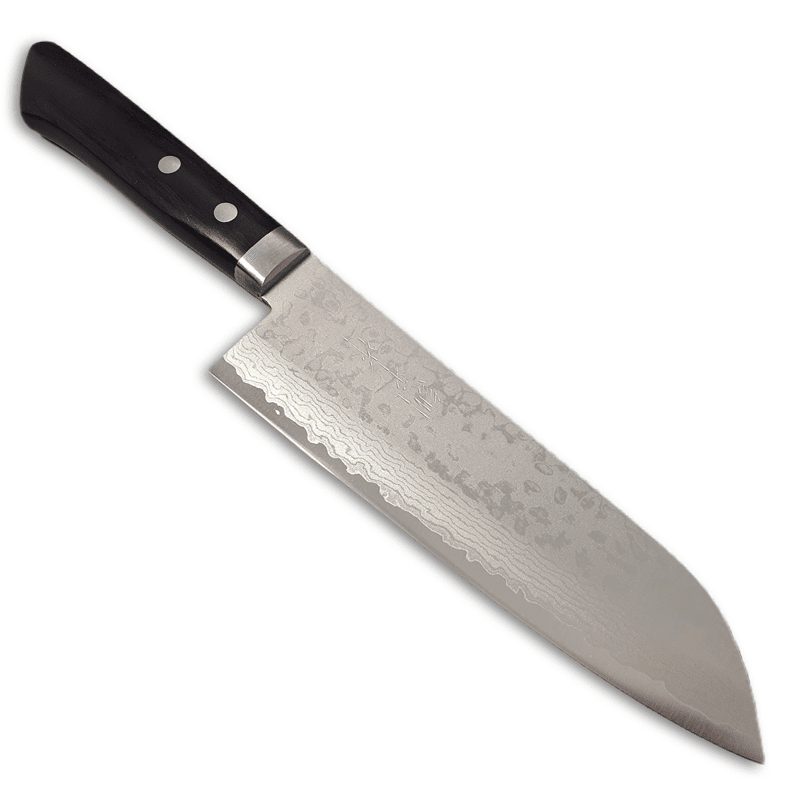
Those looking for a traditional Japanese chef’s knife with the flexibility of a Western-style handle should consider the Masutani Sairyu.
Western cuisine is all about the chef’s knife. The Japanese version, gyuto (chef) knives, can be used to cut meats and vegetables like no other blade type in your arsenal–and it also has some other tricks up its sleeve for cutting things you never even knew needed cutting.
This knife is made of VG-10 Damascus steel and has a Rockwell 60, making it more durable than other types. The handle also provides more excellent water resistance due to its black Pakkawood construction while maintaining durability in other areas like weight distribution for balance purposes – all without sacrificing comfort when using the blade.
You won’t even think about reaching for another knife after using this one.
6. Sakai Takayuki – 33-Layer Gyuto Wa
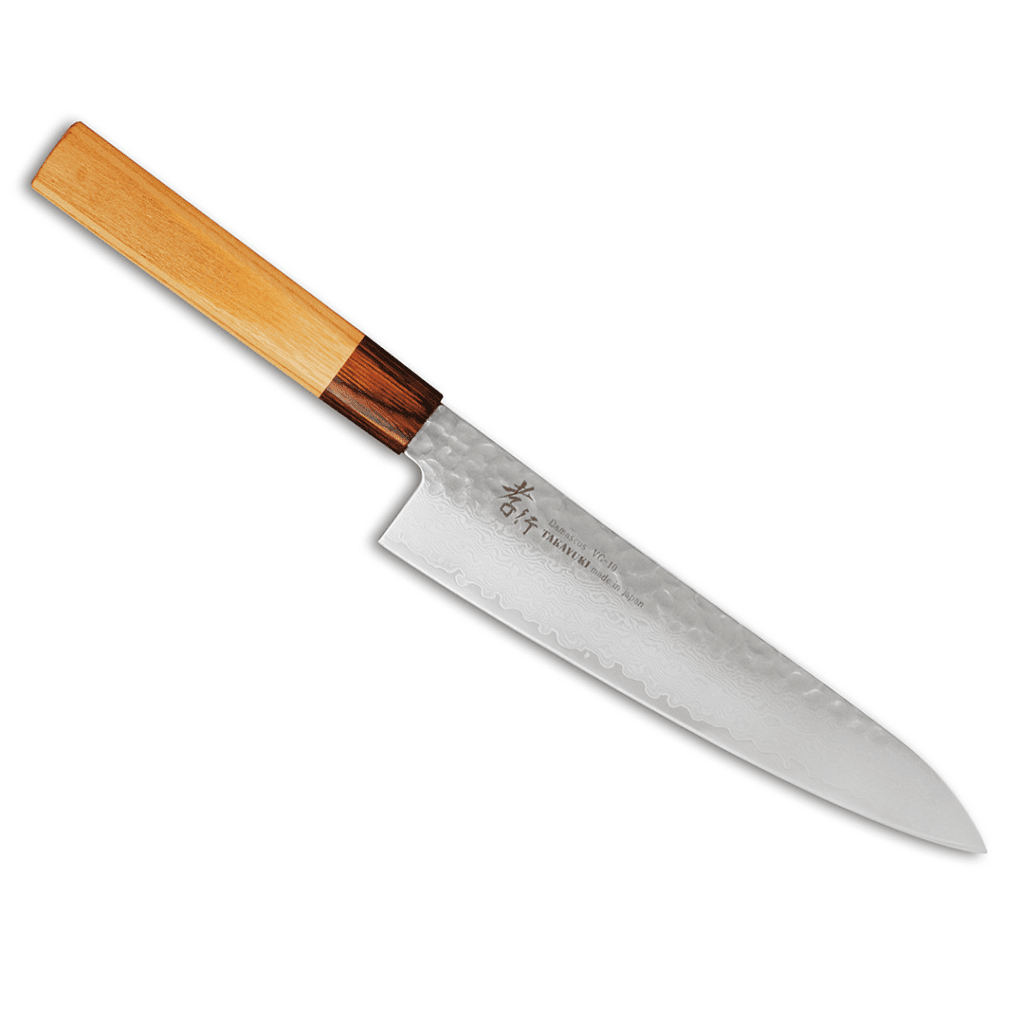
If you want to be become a genius of Japanese cuisine, this is one knife that can not be missed. The gyuto’s usage is for meat savers and vegetable cutters. Still, they make great all-around chef’s knives thanks to their delicate edge that allows them versatility when preparing any dish or ingredient.
This 210mm 33 Layer Damascus model will become an invaluable cooking tool in your kitchen, so don’t miss out on such quality craftmanship – get yours now while stocks last.
7. Jikko – Non Ebony Santoku
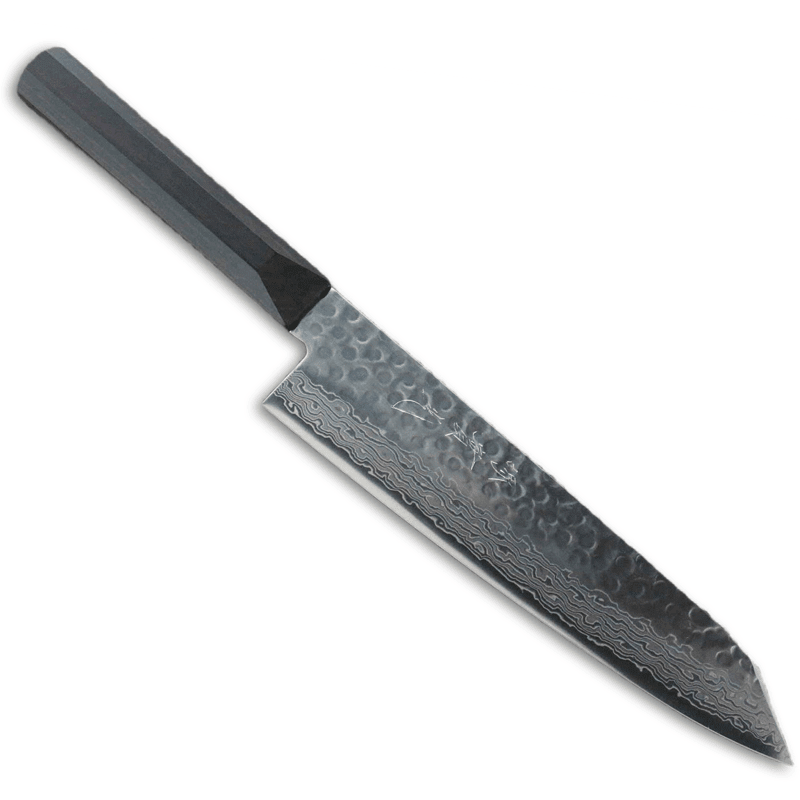
This Jikko Santoku is a beautiful and functional Japanese knife that will raise your home cooking skills. With stunning ebony finishing details, it boasts exceptional blade sharpness and balance for easy handling in any situation – from preparing food at the table to slicing through tough meats like beef or chicken with ease.
A good alternative if you want something elegant but still very practical
8. Masutani Hamono – Sairyu Western Santoku
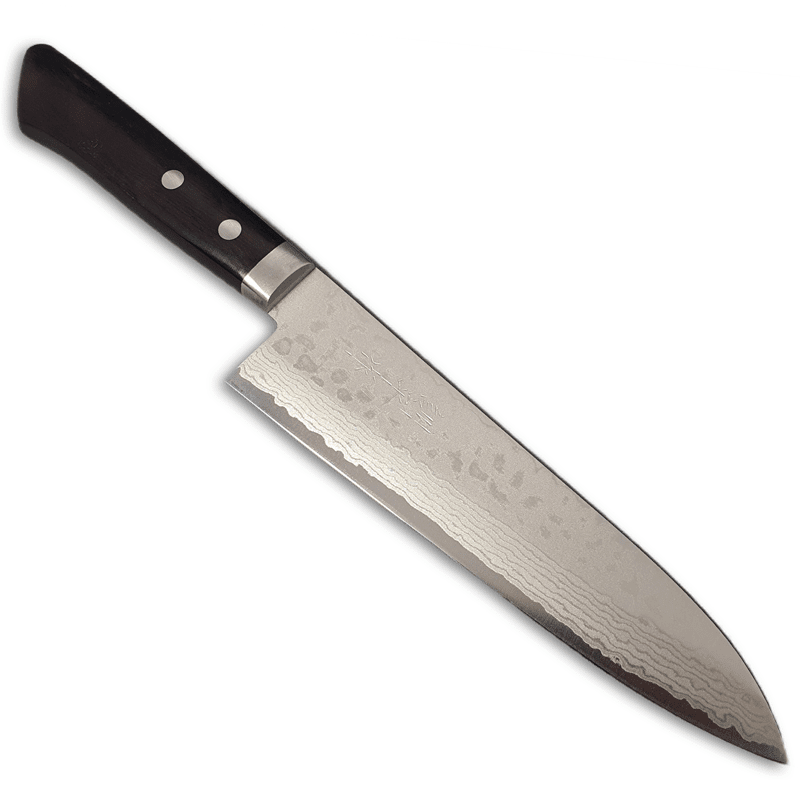
The Masutani Western Sairyu Santoku is a beautiful, handmade knife that will make your kitchen more vibrant and exciting. With its super-sharp blade made from high-quality steel, it’s perfect for any task – whether you’re preparing sushi or meatloaf.
Guide to choosing the Best Japanese Knife
Type of Japanese knife
1. Gyuto (Chef’s Knife): The Gyuto is the go-to knife for most chefs because it can do just about anything. It has thinner, lighter blades with an angle higher than what you would find on a Western chef’s set of knives, making cutting through harsh ingredients easier.
2. Santoku (Multipurpose Knife): The Santoku is a Japanese knife that translates to “three virtues” for anything from slicing vegetables or meats. This type of blade works well as it has less curve at the tip than other knives, making them perfect if you’re looking for something with less weight but still able to handle delicate jobs like cutting through fish fillets without worrying about damaging their shape.
3. Nakiri (Vegetable Knife): The Nakiri is an essential tool for any chef who wants to cut its vegetables with precision. The flat edge ensures no skin will stick out, which helps keep your dishes clean and aesthetic-looking!
The word “Nak Iris” comes from Japanese, meaning “cutter” – this type of knife was explicitly crafted by experts in handling raw food so that you can enjoy preparing it without worrying about contamination
4. Petty (Paring Knife): The diminutive sibling to the gyuto, a petty, is great for tasks that require smaller blades like slicing garlic or hulling strawberry stems.
Steel Composition
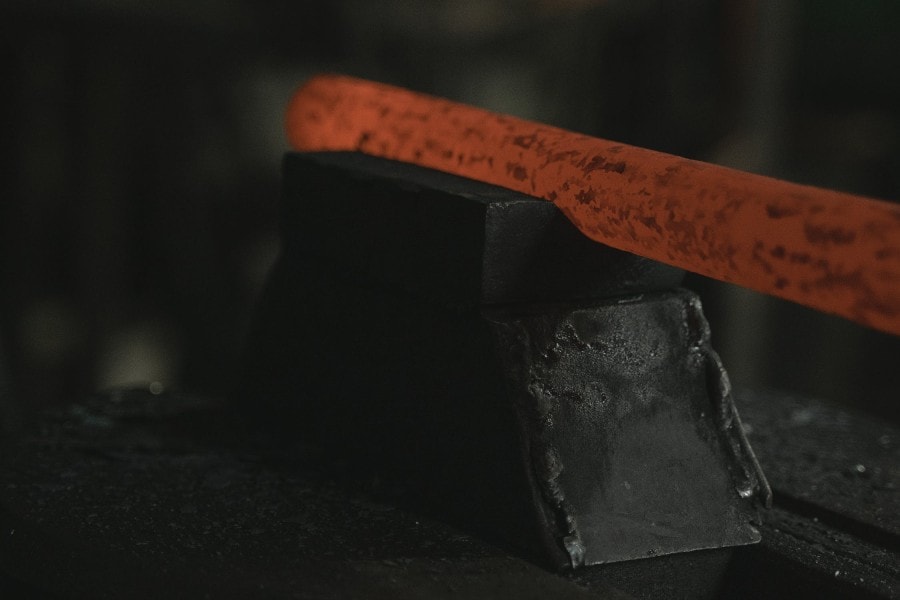
1. Stainless steel – Stainless steel is an alloy of iron, approximately 10% chromium, and possibly nickel with molybdenum. It makes for a durable blade that will last even when put through constant use by professional chefs or beginners alike.
The material’s rust resistance makes maintenance easy as well, so your kitchen knives stay sharp longer than expected. Sharpen them just once, then all the better because those knives are made for this way, making them much more accessible without too much effort to achieve optimal performance levels out each cut.
Summarized : good quality stainless steels blades can do no wrong
2. Damascus steel – The process to make Damascus steel involves molten layers of metal folds over each other. It creates characteristic wavy patterns on the blade, giving it an alluring look and making people want to touch or grip themselves just out of appreciation alone.
It typically has 32 or 62 times folds to create thinner layers. The idea behind this process of folding two different kinds of steel, one soft and malleable; another hard yet brittle for a blade that absorbs shock, so it doesn’t cause damage when used correctly in your kitchen knives.
Damascus steel is a metal that mixes to create the perfect balance. The hard layer helps keep an edge while softening it up enough to cut things without worrying about being too sharp on your knife.
3. Carbon steel – The traditional Japanese knives are made of carbon steel, and this type has been used for centuries because of it’s qualities. However, it requires additional care as the metal can’t resist corrosion the way as other steels do; if not maintained properly, they’ll start losing their edge quickly.
Knife Handle
Today, there are many different types of knife handles available. You can find ones made from aluminum or stainless steel and carbon fiber and titanium for those who want their knives to be lighter weight than ever before.
Some people even choose wood because it’s traditional while still providing excellent grip when cutting food items with precision accuracy every time.
The suitable wood can make all the difference in a knife’s handle, but what if you’re not sure which one? Our personal favorites are Pakkawood and Rosewood – we have collections online for both.
Storage Options
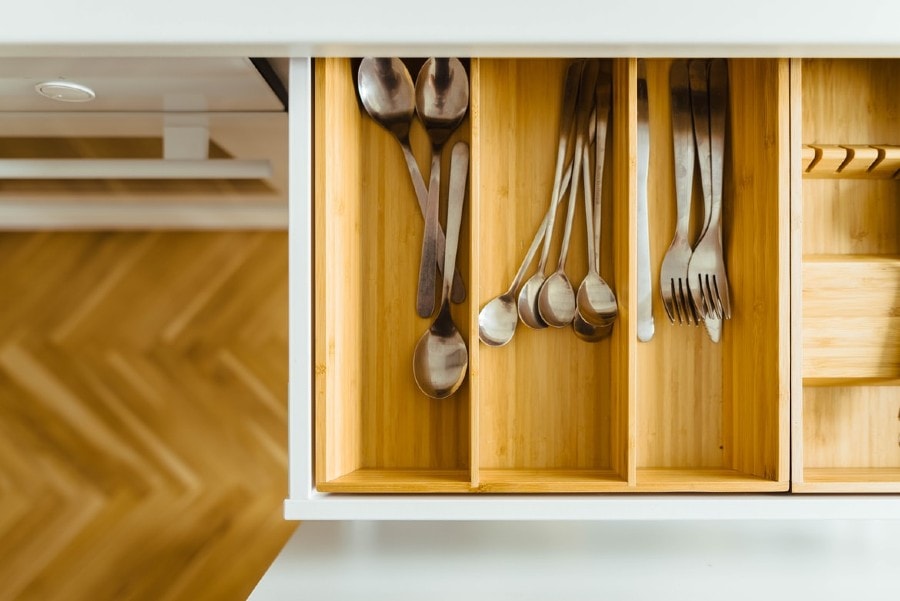
When it comes to selecting the best way of storage for your Japanese knives, you need to note a few vital points. These include ensuring their safety and keeping them in an accessible location so they can be used as quickly as possible if needed without being tangled up or damaged by other items on top before reaching into a cluttered drawer with sharp objects poking out at every angle.
1. Knife block – A knife block is an essential kitchen accessory for those who love to cook. It allows you to store your knives when not in use, and you can put them on any worktop – they’re versatile enough for whatever situation or size needed. So whether it’s close by at home with these helpful storage solutions or away traveling lightweight style, having them around makes cooking more accessible than ever before.
When you are ready to put your knife away, be sure that the blunt side of its blade comes in contact with a block. It will protect both edges and make storage easier when not using it.
2. Knife roll bag – A chef’s knife is paramount to all blades when cooking. The knife roll bag keeps your knives safe and accessible so you can grab one quickly when needed.
Knives are sharp enough to cut through anything, but the heavy-duty materials of a knife roll will keep them from cutting you and protecting your hands.
Aesthetics and Design
Japanese kitchen knives come with various handles, from the western style that has an exposed metal tang going through it to traditional Japanese designs. The different types of balance and feel in your hand can dramatically affect what you cut with them.
There are lots of recourse when it comes to knives, but the truth is that there isn’t just one perfect choice.
It depends on what sort of cuisine you like best – if your finances allow for different types, then go ahead! How frequently do I plan on using this blade? Is steel material more important than carbon content in determining sharpness/keenness etc.? Consider these things before making any final decisions about what design you should purchase.
Frequently Asked Questions
Are Japanese knives worth it?
The investment for the best Japanese knives is worth it, but the choice to buy one rests with you. You may find that this personalizes your cooking and brings more precision than other types of knives or tools available on the market today; however, they are high maintenance, so if not treated properly, then their benefits will fade quickly.
What are the best Japanese knives for cutting meat?
The Gyuto is the Japanese equivalent of an all-purpose chef’s knife and can be used for almost any kitchen task if needed.
Translating to “beef sword,” this heavier but thinner European counterpart holds less value than its counterpart in terms of durability, which makes it better suited towards slicing meat dishes like carpaccio or steak tartare.
Do Japanese knives rust quickly?
Forging a Japanese knife will last a lifetime, but they’re also prone to rust without proper care and maintenance. Wash immediately after use or exposure – never leave soaking for long periods!
Final verdict
Most of the best Japanese knives will offer a variety of designs and styles that you can’t find anywhere else. In addition, they’re typically very durable, making them perfect for people with traditional kitchens who want their cutlery to last as long as possible.
Japanese knives are some of the best in existence, and these eight models will make your collection look good. These knives are second to none with their high-quality steel blades, beautiful wood handles, and elegant designs.
Treat yourself to the best Japanese knives on Damas Knives today. Thanks for reading!
